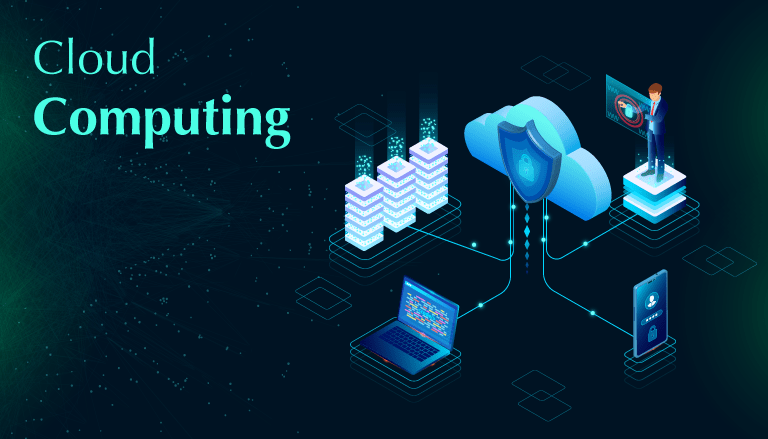Are you interested in learning more about cloud computing? You're in luck! We've compiled a list of some of the best tips, ideas, and how-tos for mastering this cutting-edge technology. Check out some of the incredible images below and read on for all the juicy details!
Cloud Computing 101: The Basics
Cloud computing is a revolutionary technology that enables businesses and individuals to store, manage, and process data over the internet. Simply put, it means that you don't have to physically store your data on your device or computer - it can be accessed from anywhere at any time!

In order to get started with cloud computing, there are a few important concepts to understand. Firstly, there are different types of cloud computing services available, including Software as a Service (SaaS), Platform as a Service (PaaS), and Infrastructure as a Service (IaaS). Each type of service provides different levels of access and control over your data, so it's important to choose the service that best suits your needs.
Optimize Performance with These Silent Killers

One of the biggest advantages of cloud computing is its flexibility and scalability. However, with greater flexibility comes the potential for performance issues. Fortunately, there are three "silent killers" that you can combat to optimize your cloud computing performance. These include optimizing your IIS settings and configurations, changing the way you handle I/O and database calls, and analyzing and debugging bottlenecks in your application code.
The CPU Catastrophe: Preparing for the Worst
/cdn.vox-cdn.com/uploads/chorus_image/image/58206421/PB283235.0.jpg)
As more and more businesses transition to cloud computing, it's important to consider the potential for a CPU catastrophe. The sheer amount of data being processed over the internet means that there is an increased risk of system overload, which can have devastating consequences for your business. To mitigate these risks, it's important to have a solid disaster recovery plan in place and to regularly perform stress tests on your system.
Pre and Post Cloud Computing: A Performance Comparison

One of the key benefits of cloud computing is its ability to provide scalable, high-performance computing power with minimal upfront investment. But how does this technology stack up against traditional server class CPUs? According to a recent study, businesses who have transitioned to cloud computing have experienced a 53% improvement in CPU performance compared to traditional server setups.
Getting Started with Cloud Computing: A Step-by-Step Guide

If you're ready to jump into the world of cloud computing, here's a step-by-step guide to help you get started:
- Choose the right cloud computing service provider based on your needs and budget.
- Upload and organize your data onto the cloud platform.
- Select the right cloud computing tools and applications to suit your business needs.
- Integrate your existing systems with your new cloud computing platform.
- Monitor and optimize your cloud computing performance for maximum efficiency.
The Future of Cloud Computing: A Look Ahead

As cloud computing continues to evolve, there are a few trends that we can expect to see in the near future. Firstly, we can expect to see an increased focus on data privacy and security. As more and more data is stored and processed over the internet, businesses will need to take steps to protect their sensitive data from cyber threats. Additionally, we can expect to see an increased adoption of machine learning and other artificial intelligence technologies to help businesses better manage and analyze their data.
Conclusion

Whether you're an individual looking to store your personal data in the cloud or a business looking to optimize your computing performance, there's no denying the incredible benefits of cloud computing. By following the tips and best practices outlined in this article, you can make the most of this cutting-edge technology and take your business to new heights!